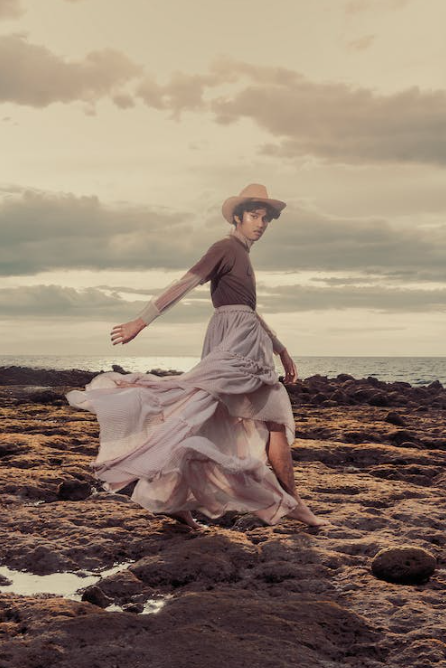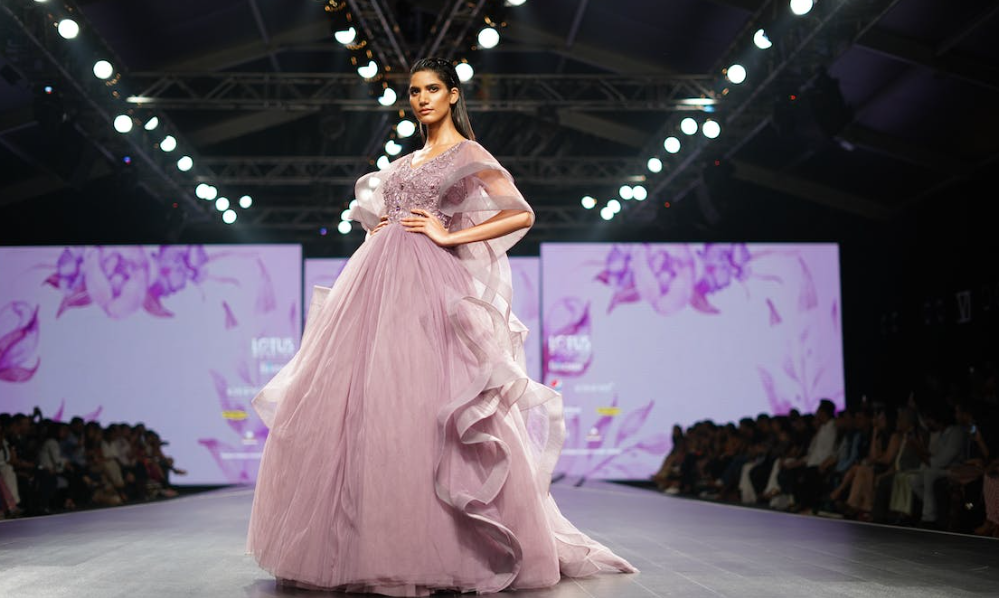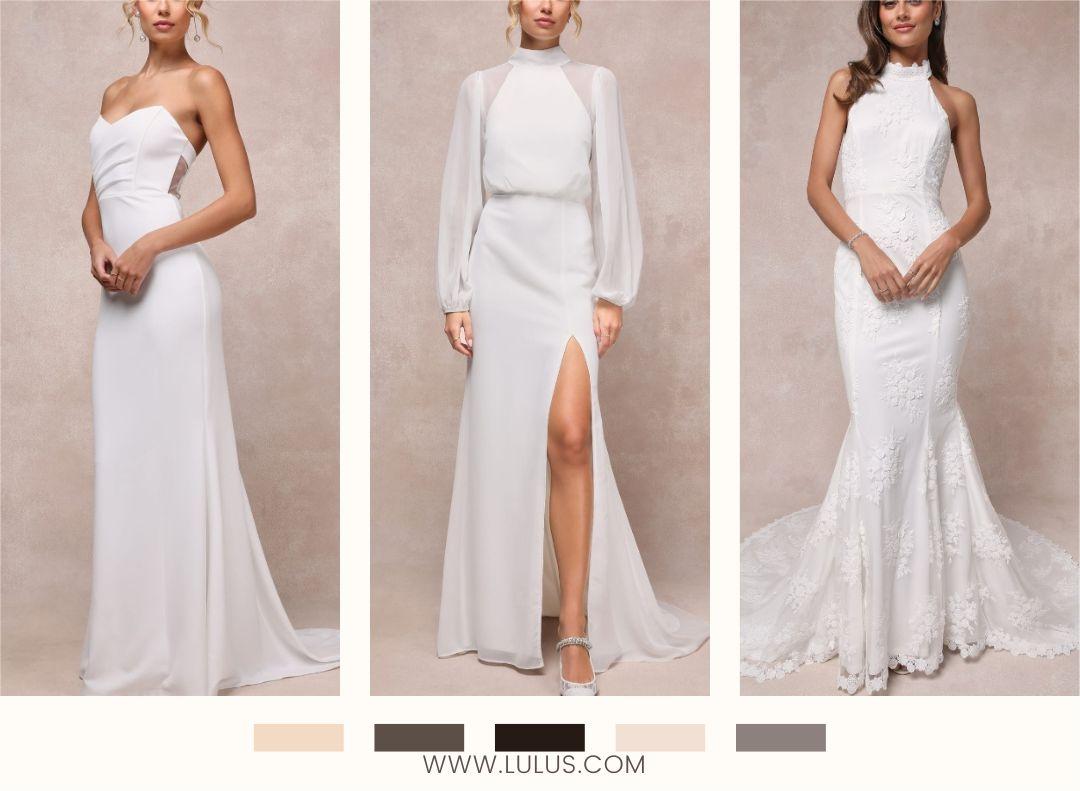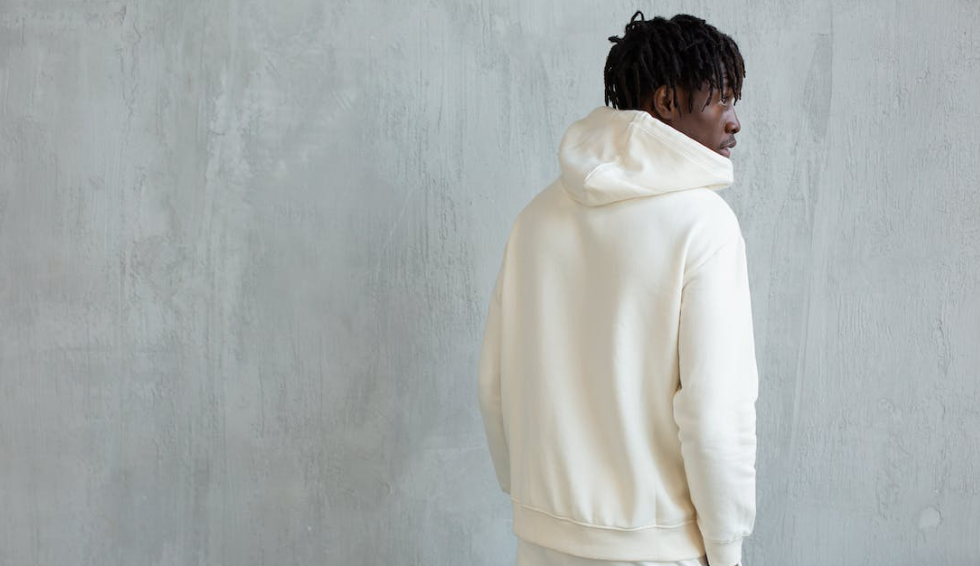Introduction
In recent years, the fashion industry has witnessed a remarkable shift towards inclusivity and self-expression through the rise of gender-neutral fashion. This movement transcends traditional binary definitions, offering a space where individuals can explore and embrace their own unique style, irrespective of societal expectations. The boundaries of fashion are being redefined, and in this article, we will delve into the origins, impact, and future of this groundbreaking trend.

Origins and Evolution
The concept of gender-neutral fashion emerged from a desire to challenge and deconstruct the rigid stereotypes associated with clothing. It gained momentum in the late 20th century through the efforts of designers and activists who advocated for fluidity in fashion. Early pioneers like Yves Saint Laurent and Coco Chanel blurred the lines between masculine and feminine attire, laying the foundation for a movement that would later gain global recognition.
A Closer Look at Gender-Neutral Design
Gender-neutral fashion is characterized by its emphasis on versatility, functionality, and comfort. Garments are often designed to transcend traditional gender norms, allowing individuals to choose pieces that align with their own sense of identity and expression. Silhouettes are typically relaxed and tailored to accommodate a range of body types, offering a refreshing departure from the confines of gender-specific clothing.

The Influence of Pop Culture and Icons
Pop culture figures and celebrities have played a pivotal role in normalizing and popularizing gender-neutral fashion. Artists like Janelle Monáe and Billy Porter have made bold statements on red carpets, challenging conventions and inspiring a new generation of fashion enthusiasts. Their fearless approach to style has ignited conversations about self-expression and the power of fashion as a form of personal empowerment.
Inclusivity and Representation
One of the most significant impacts of gender-neutral fashion is its contribution to inclusivity and representation within the industry. Designers are increasingly recognizing the importance of creating collections that cater to a diverse range of identities and expressions. This shift towards inclusivity not only broadens the market but also sends a powerful message of acceptance and respect for all individuals.

Challenges and Controversies
While the rise of gender-neutral fashion is undoubtedly a positive force for change, it has not been without its share of challenges and controversies. Critics argue that the movement may inadvertently reinforce existing beauty standards or appropriate certain styles without fully understanding their cultural significance. Striking a balance between appreciation and appropriation remains a complex issue within the realm of gender-neutral fashion.
The Future of Fashion: A New Era
As gender-neutral fashion continues to gain momentum, it is poised to shape the future of the industry in profound ways. Designers, consumers, and activists alike are pushing for greater inclusivity, transparency, and sustainability. This movement is not merely a trend; it represents a paradigm shift in how we perceive and engage with clothing, emphasizing personal expression above prescribed societal norms.

Conclusion: Redefining Fashion, Empowering Individuals
The rise of gender-neutral fashion is a testament to the power of clothing as a form of self-expression. By breaking free from traditional gender constraints, this movement is opening up new avenues for creativity, inclusivity, and empowerment. As we look ahead, it is clear that gender-neutral fashion will continue to be a driving force in reshaping the industry and inspiring a new generation of fashion enthusiasts to embrace their authentic selves through style.


